Last updated on July 8th, 2024
Connect with the jaw-dropping beauty of nature in Alberta and British Columbia
by Amanda Burgess
The Canadian Rockies display an endless array of jaw-dropping beauty, accented by snow-capped mountains, turquoise blue glacier lakes and autumnal landscapes of colour that defy imagination. Whether you experience them in Alberta or British Columbia, in the comfort of a glass-domed rail car, on foot exploring a network of hiking trails, or portaging across pristine lakes and rivers, the Canadian Rockies beckon adventurous thrill-seekers of all skill levels who share a yearning to connect with nature at its most authentic and primal.
We’ve been hosting Q&A sessions around the Top Seven Once-in-a-Lifetime Experiences that you told us every woman should experience in our global Travel Dreams survey (conducted between May 5 – 14, 2021). Why? To give JourneyWomen who have been transformed by these experiences the opportunity to share their stories, insights and tips firsthand – and for the curious to ask questions.
In June, I hosted a virtual session on the Canadian Rockies, which has been my adventure playground for years. No matter how many times those majestic mountain ranges come into view, no matter how many other mountains you’ve experienced on your travels, the Rockies hit a little different.
“I was born and raised in Montreal, so I grew up in Eastern Canada. I will always remember the first time we drove from Calgary to Banff. I’d travelled and I’d seen mountains, but I had no idea that Canada had mountain mountains. We speak about mountains in Eastern Canada, but we have little hills in comparison to the Rockies. I remember being totally, absolutely awestruck. I couldn’t believe that I live in this country.” – Marilyn Kater
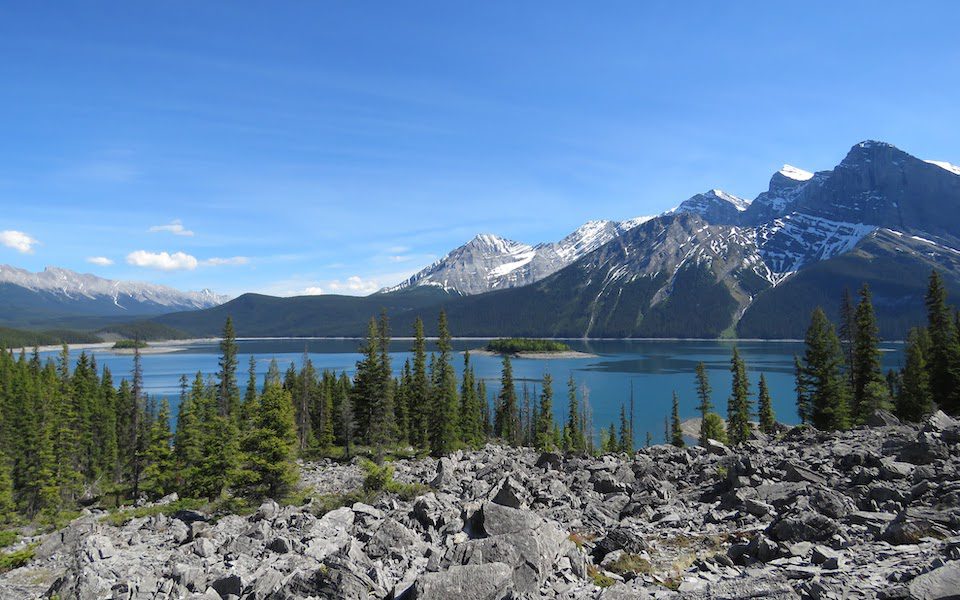
“I was there 17 years ago. We flew into Calgary, had a day at Lake Louise, stayed at Emerald Lake, which is just mind-bendingly gorgeous. We took one of the tours of the glacier on a bus that had about 16 tires that were all the size of me. Standing on that glacier gave me a perspective of how big and beautiful the world is, more so than almost anything else that I’ve experienced.” – Dayle Doroshow
The Canadian Rockies on repeat
Women who have experienced the rough-hewn beauty of the Rockies multiple times can’t wait to do it again. Whether you live in Alberta or BC, somewhere else in Canada, or another part of the world, once you’ve been to the Rockies, they’ll keep calling you home. That’s what they feel like to everyone who bears witness to their snow-capped majesty.
“Banff is one of those places that I’ve travelled to a lot. I went back once just to spend my birthday at the top of the mountain,” says Sandra Phillips, a travel journalist from Montreal who has suitcases full of Rockies adventures.
Former Montrealer Marilyn Kater now lives in Edmonton, which make the Canadian Rockies easily accessible with Jasper and Banff both about a four-hour road trip away. She’s explored the Rockies several times, but no matter how many times a person has visited, there is always more to see and do.

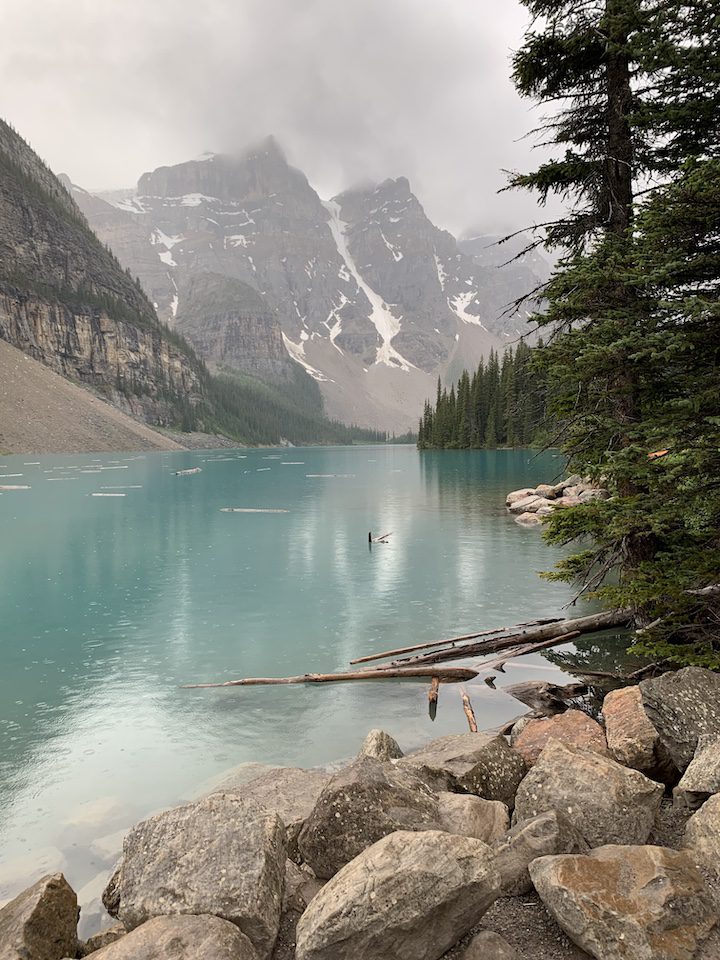
“This September, I plan to drive from Edmonton to Vancouver Island. I want to take some time to go through the Icefields Parkway, because even though I’ve driven it, I’ve never stopped there,” she says. “One of the things that I want to do is go on the Columbia Icefield Skywalk that overhangs them. I’d like to try that.”

Best Canadian Rockies Adventures
Travel by train
Exploring any part of Canada by train is an experience that reminds Canadians and travellers alike of the vast, wild expanse of this country. Discovering the Rockies by train may qualify as Peak Canadiana. While many of the experiences shared by women on our call focused on Banff and Jasper in Alberta, there is so much more to the Rockies than these two destinations, and you can experience a fair chunk of them by train.
If you’re looking for a cross-Canada adventure, you can take the VIA Rail sleeper train that runs between Toronto and Vancouver, with stops in Jasper or Winnipeg. The trains are equipped with panoramic viewing cars to maximize your view of some stunning cross-country scenery day or night. Glide your way through rolling prairie fields, look-worthy lake country and picturesque towns to the soaring peaks of the majestic Rockies.
“The train is a magnificent way to go cross-country because you can relax, see the scenery, and not be worried about driving or road conditions,” says Phillips. “The train surprised me because I didn’t realize sleeping on a train was hard – I get motion sickness, and the train screeches around corners at night. Having said that, it’s a wonderful way to travel period.”
If you’d like to see as much of this mind-bending mountain range as possible, you can explore the Canadian Rockies via The Rocky Mountaineer, which connects BC and Alberta, with stops in Jasper, Lake Louise, Banff, Vancouver, Whistler, Quesnel and Kamloops from mid-April until mid-October. The train’s glass-domed coaches are custom-designed to offer panoramic views and optimal photo ops. It’s a taste of the luxe life, with a price tag to match: There are no sleeper cars aboard this daylight-only train. You sightsee by day, and sleep in a hotel each night.
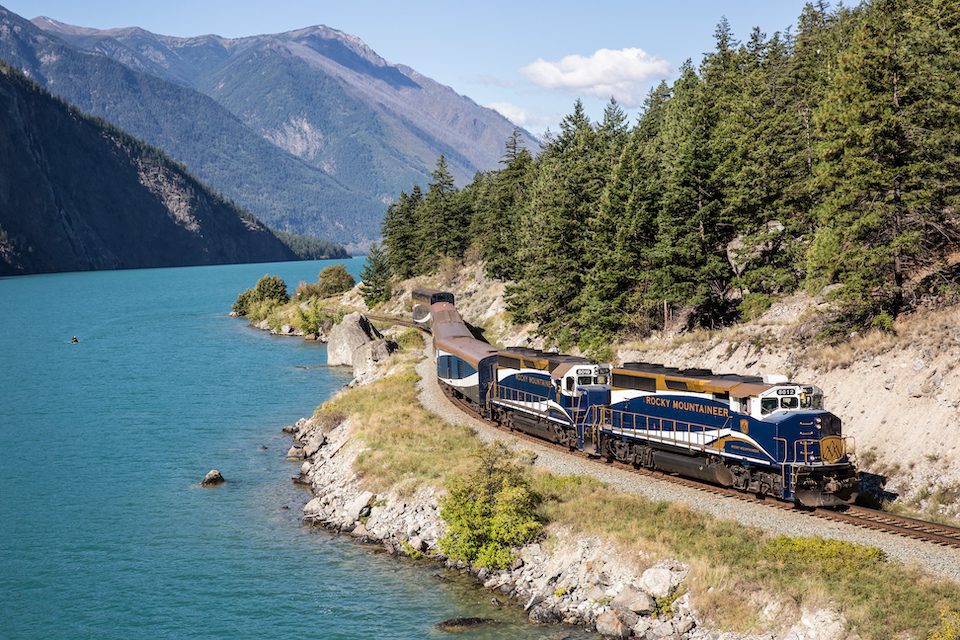
Spend a day on top of the world in Banff
When people think of the Rockies, they picture hardcore hiking and outdoor adventure. But the mountains are accessible, and offer countless ways to explore them. You can heighten every one of your senses at the Banff Gondola Summit, which is fully accessible to people with limited mobility. Soar above the forest in a gondola car offering spectacular vistas that stir the spirit and shift perspectives. At the top, drink in views of six stunning mountain ranges and the sweep of the Bow Valley below, and take a stroll along the ridgetop boardwalk where the views get more eye-popping with every step.
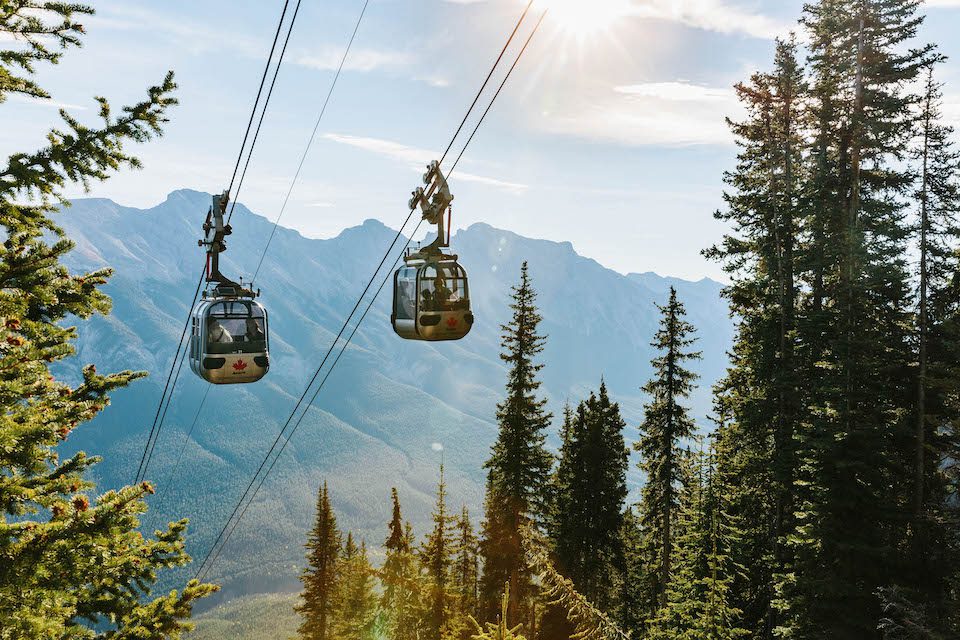
That’s what Phillips did for her birthday – made a day of it on the Summit. “You can walk from tip to tip on the boardwalk. It’s not hiking; just a walk across the mountaintops. All you can see is mountaintops – to the left, to the right, and straight ahead. You can spend the day on top of the world there,” she says. “It was like I was at one with God, just me standing at the tippy tippy top of a mountain. I don’t do climbing, so I’ve never had that experience before. You feel like a speck on the earth.”
Like Phillips, you can make your mountaintop adventure stretch over a full day. Take advantage of the new multisensory Above Banff Theatre (included with gondola ticket), which gives you a bird’s eye view of the Rockies from the perspective of a soaring bald eagle. If you’re feeling peckish post-hike, you can fuel up at Mountain Castle Coffee or Northern Lights Alpine Kitchen. If you’re winding down your day before soaking in the sunset from Sulphur Mountain summit, you can order light bites and cocktails at Peak Patio. If you’re after something a little more upscale, book a distinctly Canadian dining experience with Sky Bistro.
Go for hiking gold in Banff National Park’s Larch Valley
Last summer, to fuel some fall and winter adventures, I bought a Parks Canada Discovery Pass — which gives you and a carload of up to seven others entry into national parks across the country for a full year ($139). My first Discovery Pass escapade was, fittingly, one that explorers can only experience over a two-week period each year. I’d timed my visit perfectly to see the larch trees in their full gilded glory.

Alpine larch trees are members of the pine family with soft green needles that turn a brilliant shade of yellow in autumn and then drop. During the very brief period when the fall colours above Moraine Lake are at their peak, the crowds of visitors become so massive that traffic jams ensue and police supervision is required. Not as much in the pandemic era, with reduced parking on offer at Moraine Lake — the gateway to Larch Valley in Alberta’s Banff National Park.
The hike to Larch Valley and Minnestimma Lakes begins at Moraine Lake and climbs up through the dense forest to the larch meadows. It’s a steady ascent with 535 m (1,755 ft) elevation gain over 4.3 km (2.67 mi) of trail. From the valley, it’s another 2.5 km (1.55 mi) and close to 200 m (656 ft) elevation gain on a switchback trail up to Sentinel Pass. You can take it leisurely or truck your way up for a cardio blast. My approach: Truck ahead, fuelled by tunes piped through my Airpods, then pause to soak up the views and snap some photos while waiting for my crew to catch up.
You might be thinking: What’s the big deal about a bunch of bright yellow trees? If you live in Ontario, like me, you see a veritable cornucopia of brilliant fall colours in every shade imaginable. Well, I’m here to tell you that sometimes, monochrome brilliance packs a powerful punch. When I got to the first outcropping of larch trees, dotting the sides of the mountain, my mouth dropped open. I was alone on the trail, with only a bird that had flapped onto the trail at my feet and was following my path from tree to tree as company. As far as my eye could see, golden larches sliced through the green of pines — a mountaintop battle for most bountiful and beautiful.
An Opportunity to Learn about Indigenous life, arts and culture
When you visit Alberta and British Columbia, we recommend that you see the wilds of the majestic Rockies through the eyes and expert guidance of the people who have called it home since time immemorial.
In Alberta, take nature walks with Indigenous guides through pristine valleys and spot local wildlife while learning about local traditions. Or you discover the power of plant medicine, learn ancient survival skills, and visit galleries and cultural outposts in the mountain communities of Camore, Banff, Lake Louise and Jasper.
British Columbia is home to 203 Indigenous communities and more than 30 Indigenous languages, and its six diverse regions teem with authentic Indigenous experience that offer opportunities to connect with the people who can share their knowledge and stories, going back thousands of years.
Indigenous Tours
Talaysay Tours
Mahikan Trails
The Jasper Tour Company
Warrior Women
Check out our Indigenous Resource Centre to learn about Indigenous Tourism, Culture and History.
Tourism Links
Alberta
Travel Alberta
Banff Lake Louise Tourism
Tourism Jasper
Indigenous Tourism Alberta
Travel Tips
1. The best times to avoid crowds at Banff Gondola Summit are before 12 noon or after 5 pm. If you’re feeling adventurous and want to hike the 5.5 kilometres up the mountain and take the gondola down, a one-way trip is available for half the regular admission price during daily operating hours. If you’re looking you hike down after taking the Gondola up, you’ll need to pay full price. Book online to get the best pricing and avoid lineups. – Editor Amanda Burgess
2. The Banff Upper Hot Springs are located right near the Banff Gondola parking area. It makes it convenient to combine the two attractions. It’s something you can do even in winter. – Sandra Phillips
3. To visit Moraine Lake and Larch Valley, you need to plan ahead – arrive early to grab a coveted parking spot or reserve your spot on one of the shuttles. Parking is extremely limited at Moraine Lake, often fills up by sunrise (spectacular – highly recommend) and remains full throughout the day in peak season (May to October). Make the most of your visit to Banff National Park by using shuttles and transit. – Marilyn Kater and Editor Amanda Burgess
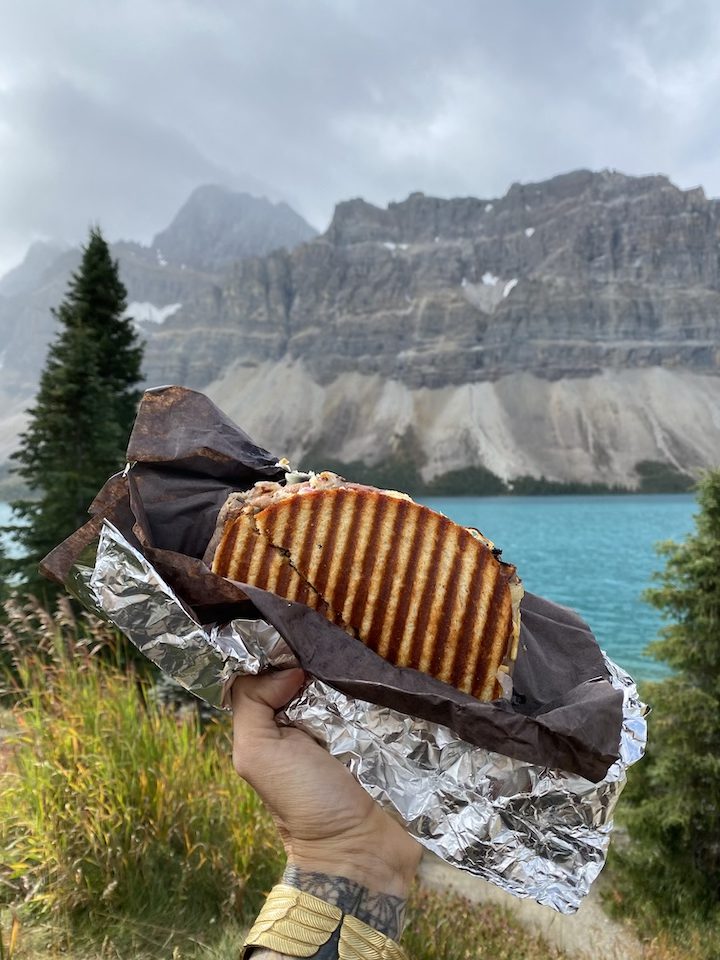
5. While currently closed for a $6 million renovation to bring it up to international accessibility standards, William Watson Lodge in Peter Lougheed Provincial Park is a great budget option for travellers with disabilities, seniors, and families. The lodge overlooks Lower Kananaskis Lake, and has a noble goal to connect people of all abilities, ages, and cultures with the great outdoors. There’s not better deal – you’re right in the middle of the mountains, with accessible paths and showers designed for people with disabilities – Marilyn Kater
6. Jasper and Banff are beautiful, but if you want a quieter (and I think even more beautiful) experience, I recommend Waterton Lakes National Park in Southern Alberta. Borders on Glacier National Park in Montana, and the two parks have an agreement that hikers and Park visitors can easily go back and forth (at least that was the case in pre-COVID times). – Carole Neron
7. I used to live in Alberta and went solo camping many, many times in the Canadian Rockies and the Kootenays over the years. There is nothing that compares to a real camping experience. Otherwise just check in at a hotel like Chateau Louise or the one at Waterton National Park – why bother with glamping?! – Marilena Redfern
Explore More of Canada
Indigenous Women in Aviation: Flying the Female Skies
In Canada, Indigenous women are making their presence felt in the aviation industry, which has historically been dominated by men.
Where to Stay in Toronto, Canada: Recommendations From Solo Women
Women share their top choices on where to stay in Toronto, Canada, including hotels, hostels, and affordable options across the city.
The Black Fly in Our Chardonnay: Booze Around the World
Jules Torti and her wife Kim have been on countless adventures in search of booze around the world, from moonshine to craft beers and more!





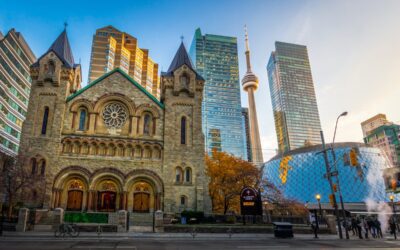
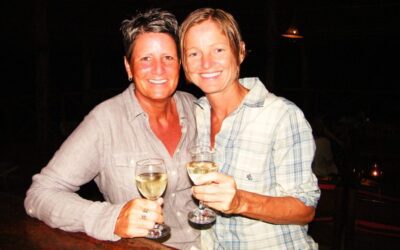
0 Comments
We always strive to use real photos from our own adventures, provided by the guest writer or from our personal travels. However, in some cases, due to photo quality, we must use stock photography. If you have any questions about the photography please let us know.
Disclaimer: We are so happy that you are checking out this page right now! We only recommend things that are suggested by our community, or through our own experience, that we believe will be helpful and practical for you. Some of our pages contain links, which means we’re part of an affiliate program for the product being mentioned. Should you decide to purchase a product using a link from on our site, JourneyWoman may earn a small commission from the retailer, which helps us maintain our beautiful website. JourneyWoman is an Amazon Associate and earns from qualifying purchases. Thank you!
We want to hear what you think about this article, and we welcome any updates or changes to improve it. You can comment below, or send an email to us at [email protected].